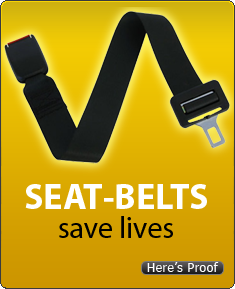News
Car loans become difficult for Ola drivers
The State Bank of India (SBI) has stopped issuing fresh car loans for drivers working on Ola's ride hailing platform in Bangalore. This decision comes after the banking institution recorded huge losses with nearly a fifth of its loan book defaulting in the city. The bank had already stopped lending money to Ola drivers in Mumbai a few months back.
Internal audits revealed that majority of the defaulters were drivers working with ride hailing service providers that were suffering from a significant drop in their income, owing to the changing incentive criteria of the companies. SBI's Mumbai arm recorded losses of up to Rs. 60 crore due to the said defaulters.
SBI is not alone in this loan default fiasco. Analysts indicate that various other players like ICICI Bank, Mahindra Finance and Tata Motors Finance have also recorded losses due to rising loan defaults. Some bank officials have suggested that while the current amplitude of defaulters isn’t alarming, the rate of defaults is increasing with every passing month. This can have drastic effects on the banking system's balance if the situation is not taken care of.
A couple of years ago, the ride hailing service industry was riding the wave of investment as huge funding amounts were being dumped into the two major market players - Ola and Uber. In order to establish a firm foothold in the market and to attract new drivers onto their platforms, both these players were offering immensely lucrative incentives, which could easily take a driver's monthly earnings to Rs. 70,000 - Rs. 1 lakh. This prompted various new drivers to apply for car loans and start working with these companies. However, as the time passed, both these platforms started to incur huge monthly losses, and thus decided to cut down driver incentives to decrease the burn rate. This reduced driver income, thus increasing loan default cases.
Industry experts believe that while drivers on both these platforms have seen a drop in income, the case of loan defaults largely include Ola drivers as they accept more payments in cash, in comparison to drivers working with Uber. Ride hailing companies usually deduct applicable loan EMIs from driver payments that have been accepted digitally. However, since Ola drivers usually get paid mainly in cash, the company doesn’t have control on whether or not their drivers pay the pending loan EMIs.
Source: ET



















